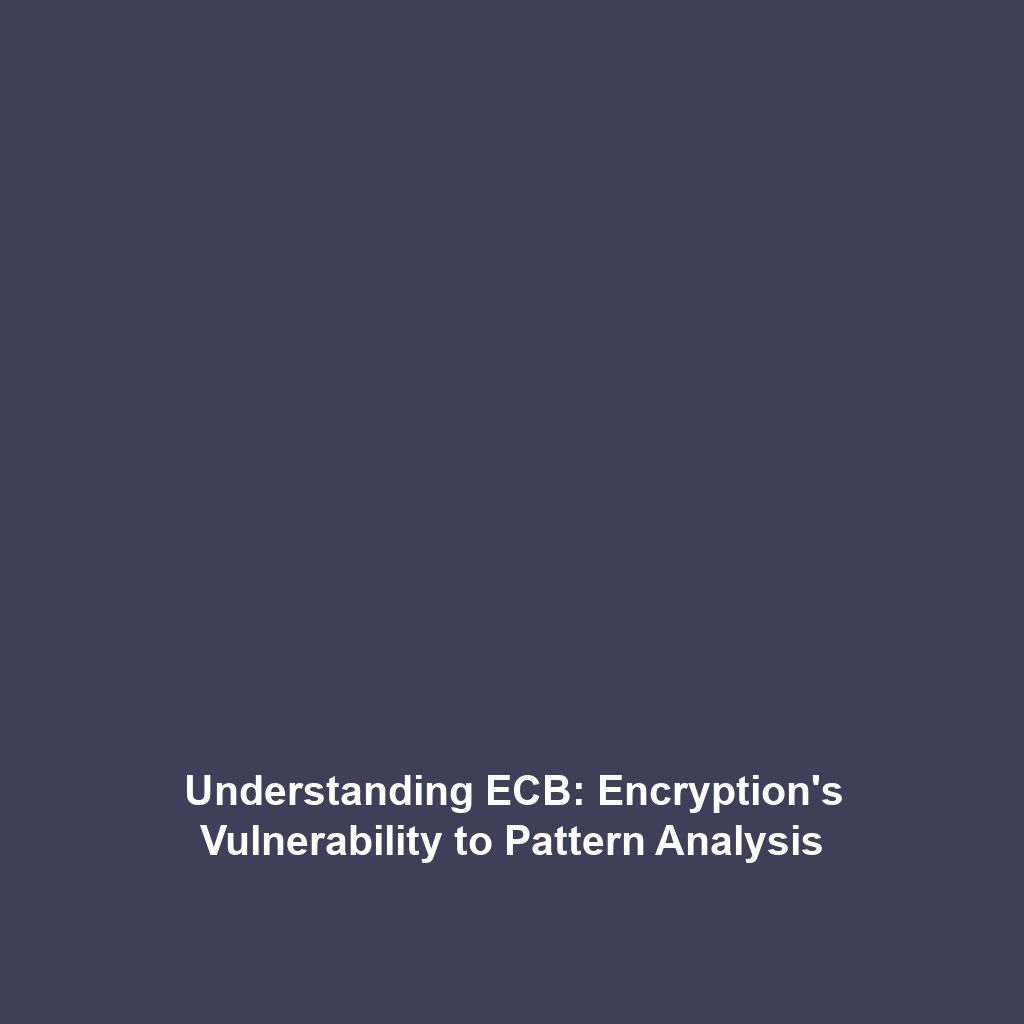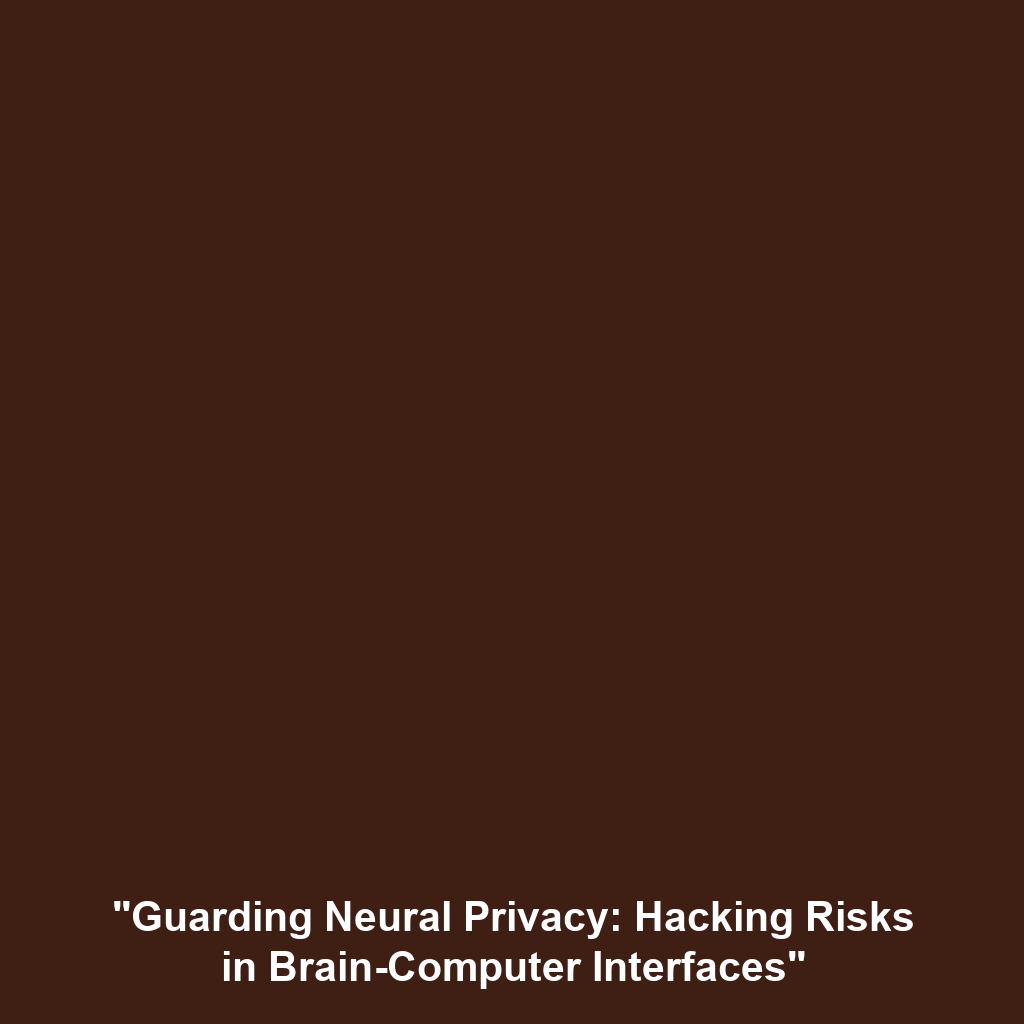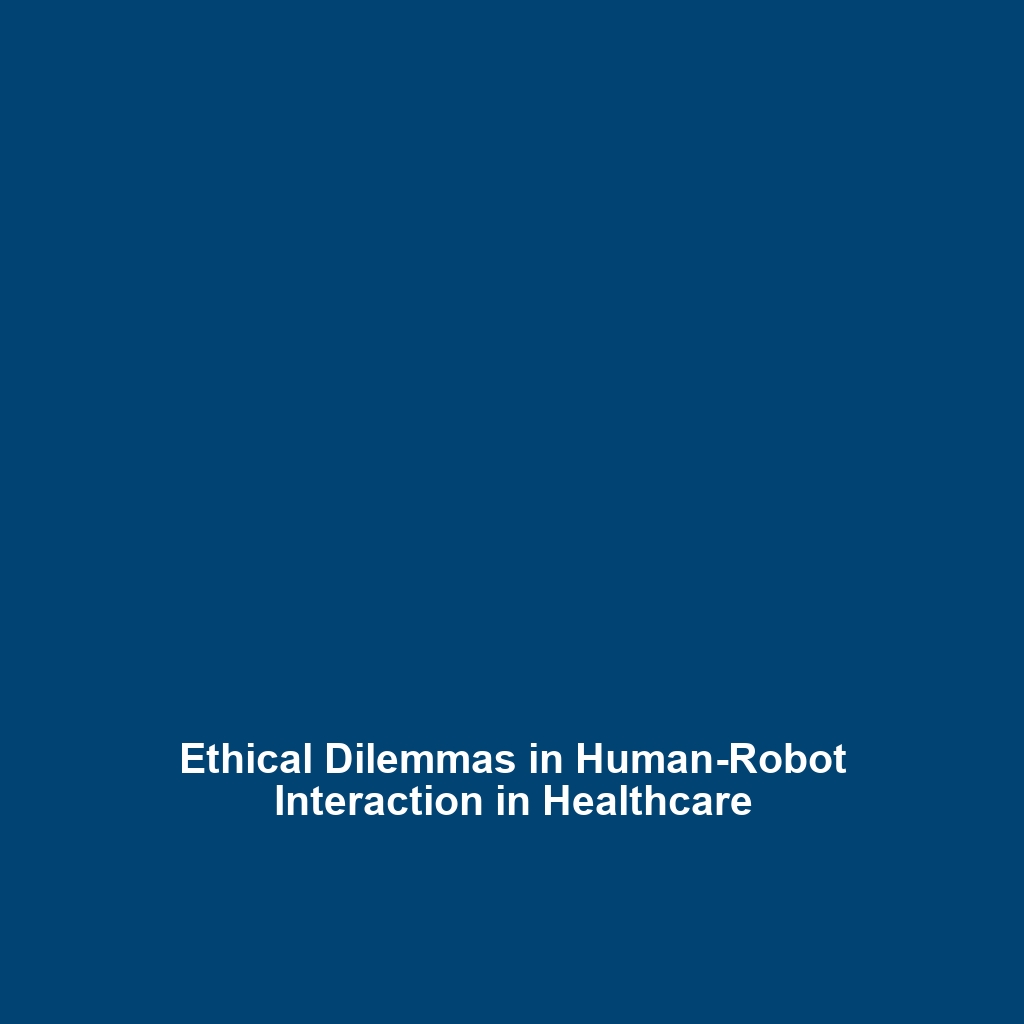Understanding Electronic Codebook (ECB) in Cryptography
The Electronic Codebook (ECB) mode of encryption is a fundamental concept in cryptography that deserves a thorough examination. Each block of data is encrypted independently in ECB, which makes it a straightforward and efficient method. However, this simplicity can also lead to vulnerabilities, particularly in terms of pattern analysis. As we dive deeper into ECB, its applications, challenges, and future innovations will unfold, showcasing its critical role in modern cryptography.
Key Concepts of ECB in Cryptography
To fully appreciate the significance of Electronic Codebook (ECB), we must first understand its core principles:
- Block Cipher: ECB is a form of block cipher encryption, where plaintext is divided into fixed-size blocks.
- Independent Encryption: Each block is encrypted separately with the same key, allowing for parallel processing.
- Repetitive Patterns: If identical blocks of plaintext exist, their ciphertext output will also be identical, which exposes the data to cryptanalysis.
- Suitability: While ECB is easy to implement, it is rarely recommended for encrypting confidential data due to its weaknesses.
Applications and Real-World Uses of ECB
Despite its vulnerabilities, ECB has been utilized in various applications. Understanding how ECB is used in cryptography is essential:
- Data Encryption: ECB can be used in scenarios where data pattern exposure is not critical.
- Legacy Systems: Older systems may still implement ECB for compatibility reasons.
- Non-Critical Data: It is sometimes used for encrypting non-sensitive data where speed is prioritized over confidentiality.
Current Challenges in Applying ECB
There are several challenges and limitations associated with the use of ECB in cryptography:
- Pattern Vulnerabilities: The most pressing concern is its vulnerability to pattern analysis, making it unsuitable for most secure applications.
- Data Integrity: ECB lacks inherent methods for ensuring the integrity and authentication of encrypted data.
- Standardization Issues: The standards for encryption modes often discourage using ECB in favor of more secure alternatives like CBC (Cipher Block Chaining).
Future Research and Innovations in ECB
Future research related to the Electronic Codebook mode may focus on minimizing its vulnerabilities:
- Hybrid Models: Developing hybrid encryption methods that pair ECB with more secure modes to bolster its security.
- Adaptive Algorithms: Innovations in adaptive algorithms that dynamically change encryption patterns could address some of ECB’s weaknesses.
- Enhanced Cryptanalysis Techniques: Further research in cryptanalysis could yield techniques to better safeguard against pattern vulnerabilities.
Conclusion
In summary, while Electronic Codebook (ECB) presents a simplistic approach to encryption by processing each block separately, its vulnerabilities limit its application in sensitive areas of data security. Understanding its significance in the broader field of cryptography is essential to enhance encryption strategies. As technology evolves, ongoing research and innovations may pave the way for enhanced versions of ECB or entirely new methods of encryption.
For further reading on cryptographic techniques, explore our articles on Cipher Block Chaining and Advanced Encryption Standard.
This format captures the essential elements of the topic while maintaining SEO optimization through targeted keywords and structured content.





